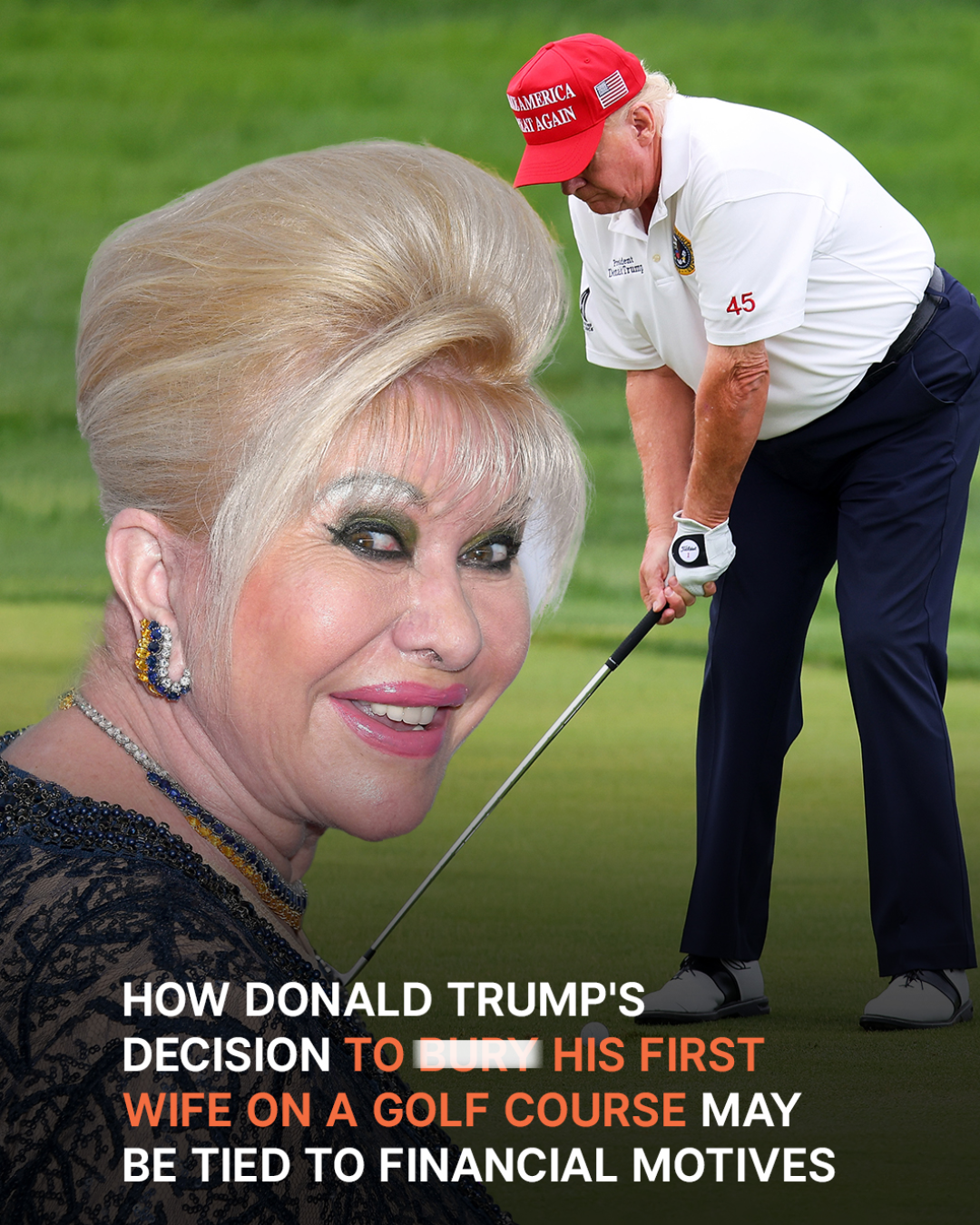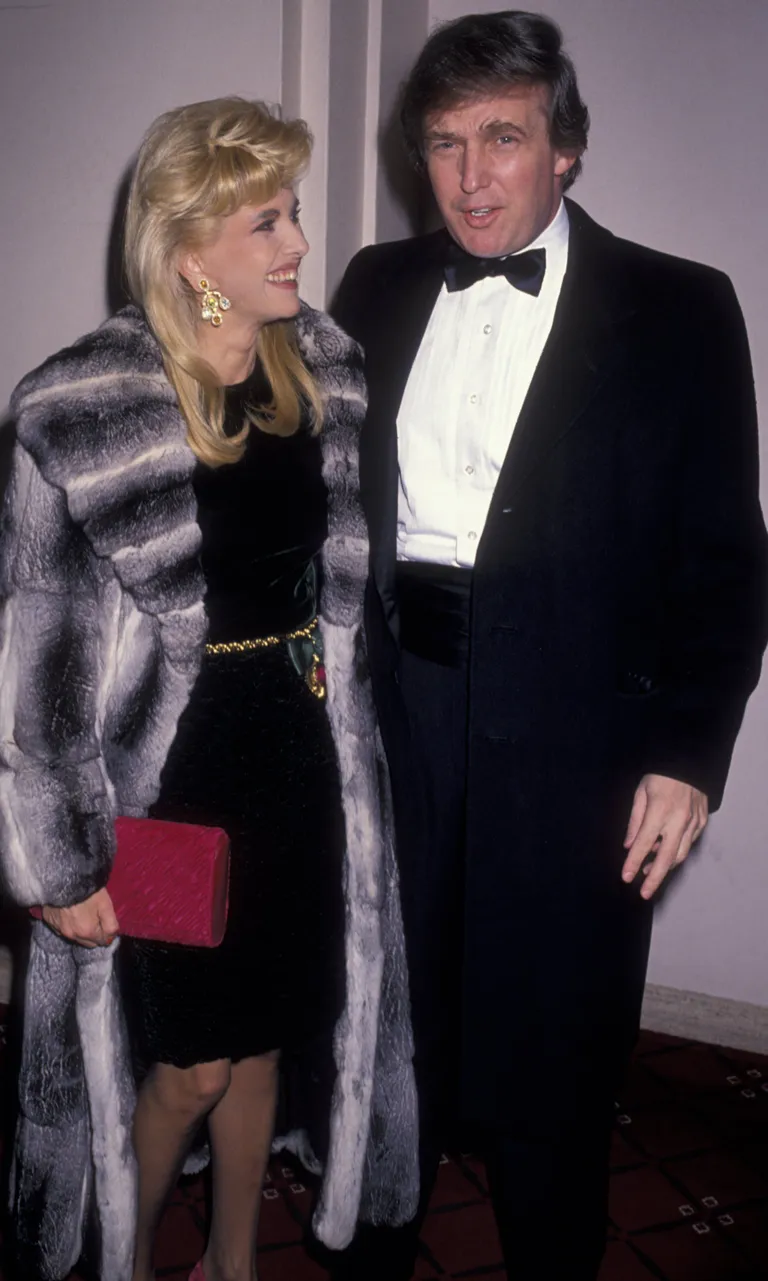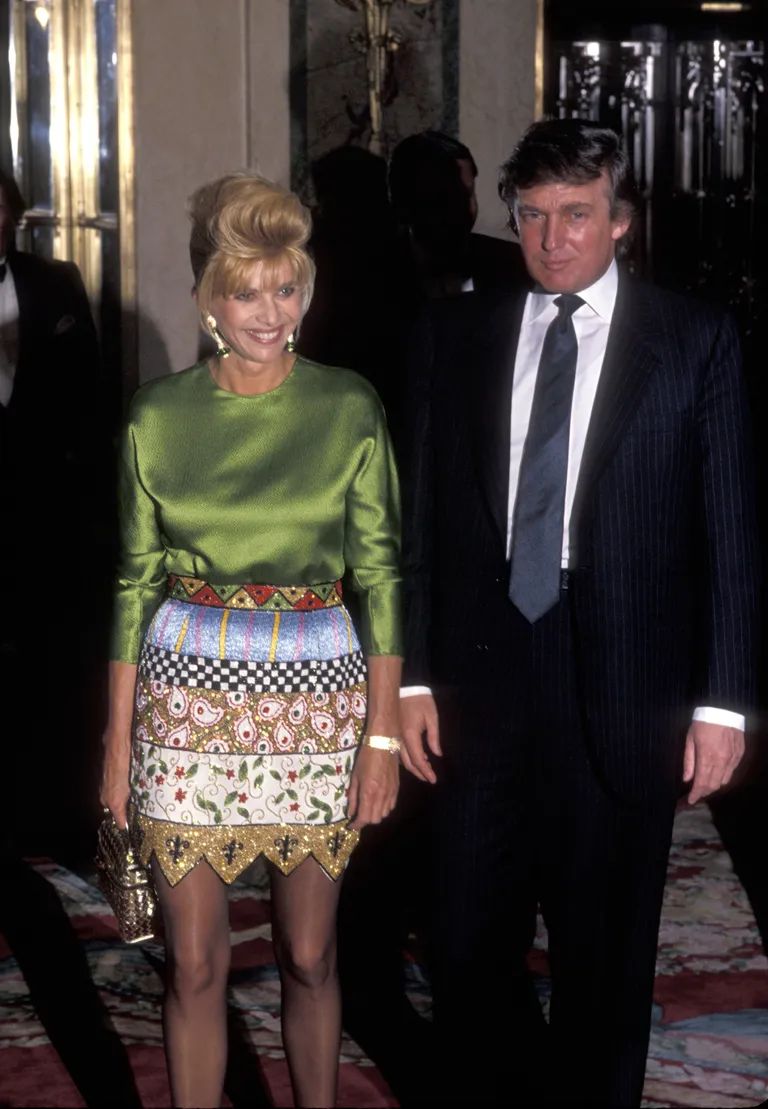
When Ivana Trump died unexpectedly in 2022, few imagined her final resting place would be a golf course.
But her burial at Trump National Golf Club in Bedminster, New Jersey, has since drawn attention not only for its location, but for the long-standing plans and tax strategies it may represent.
Ivana, Donald Trump’s first wife, passed away at age 73 from accidental blunt impact injuries sustained during a fall at her Upper East Side home.
Emergency responders found her unresponsive at the base of a staircase and she was pronounced dead at the scene. Her children—Donald Jr., Ivanka, and Eric—issued a heartfelt statement, calling her “an incredible woman — a force in business, a world-class athlete, a radiant beauty, and caring mother and friend.”
She was soon laid to rest in a quiet corner of Trump’s Bedminster golf course, near the first tee. Though modest and tucked away, the site carries more significance than it may seem.
While it appeared to be a personal family decision, Ivana’s burial also aligned with Donald Trump’s long-running interest in using the property for cemetery purposes — and the tax benefits that could come with it.

As early as 2012, Trump had floated plans to be buried at Bedminster himself, starting with ideas for a mausoleum and later shifting toward a private family cemetery, then a 284-plot public cemetery.
Eventually, the plans settled on a more modest version—a 10-plot family section, and a larger, 500-plot space for golf club members. Membership at the club reportedly cost $150,000 to join, with $20,000 in annual dues.
The motivation behind these cemetery plans wasn’t solely sentimental. Under New Jersey law, land used for cemeteries is exempt from many taxes — including property, income, sales, and inheritance taxes. Creating a nonprofit cemetery company could offer substantial savings.
Though some local resistance existed, including skepticism from town officials, Bedminster’s council ultimately approved the plan.
Consultant Ed Russo, involved in the effort, described Trump’s vision not as commercial, but personal: “If you have everything in the world, where would be that place you’d most like to be identified with going forward?”
That said, Ivana’s grave marked the first actual burial on the course, turning Trump’s decade-long vision into reality. It also gave the cemetery designation a tangible start, potentially unlocking tax advantages.

Meanwhile, Trump had already taken other steps to lower taxes on the Bedminster estate. One strategy involved reclassifying a wooded parcel as farmland—based on turning trees into mulch—reducing the property tax on a $461,000 plot to just $16.31 per year.
Local officials remained uneasy. Nick Strakhov, a Bedminster land-use board member, told The Washington Post, “It’s always been my suspicion that there’s something we don’t know.” Asked if he pursued the matter, he admitted, “I did not ask. It’s an obvious question.”
Whether Trump himself will eventually be buried at Bedminster remains uncertain. Most presidents opt for presidential libraries or national cemeteries like Arlington. S
till, Ivana’s quiet grave, shielded from golfers’ view, signaled both personal meaning and strategic planning — the culmination of efforts Trump had pursued for over a decade.